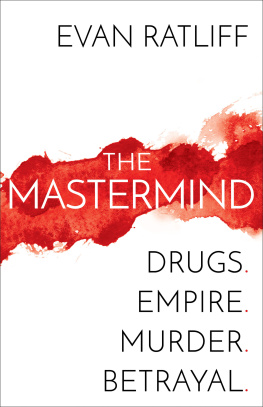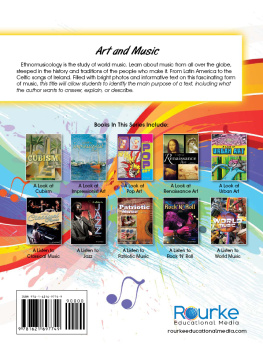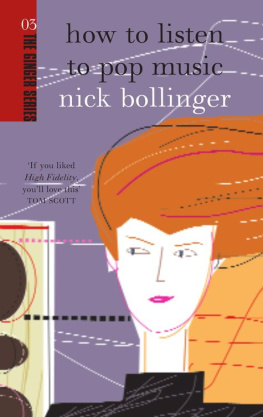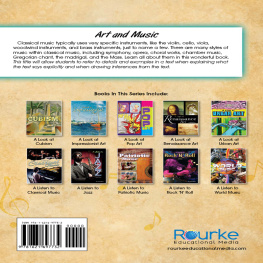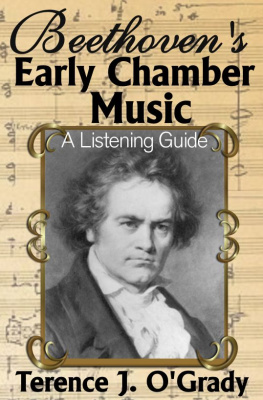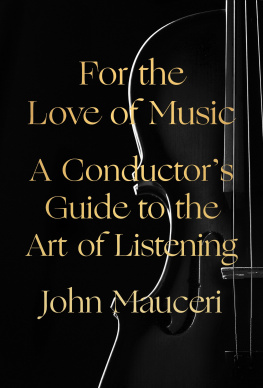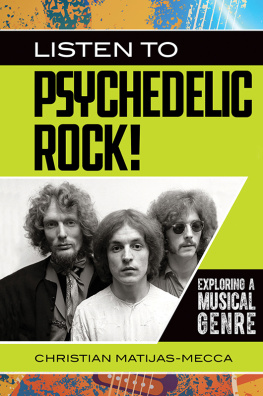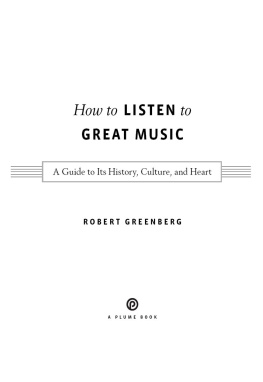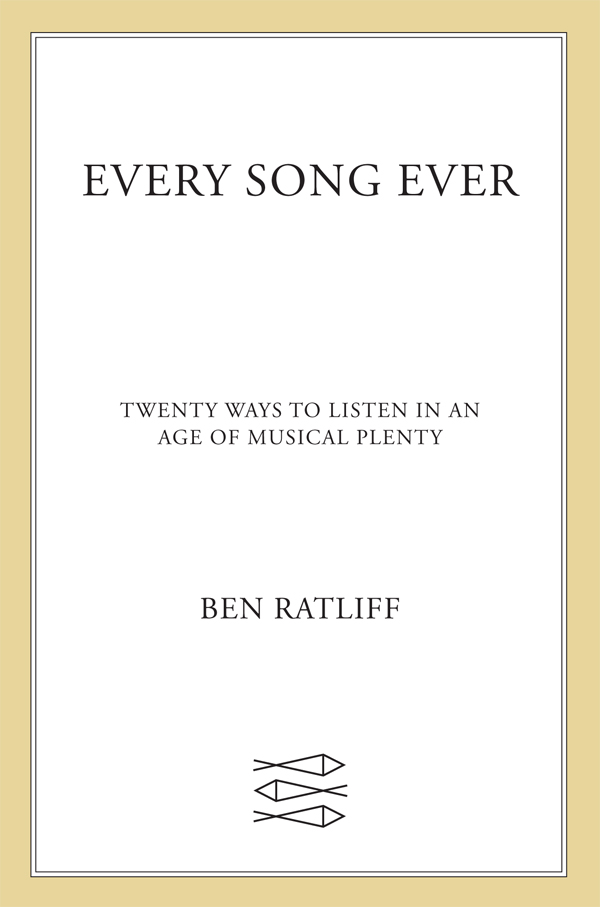Ratliff - Every Song Ever: Twenty Ways to Listen in an Age of Musical Plenty
Here you can read online Ratliff - Every Song Ever: Twenty Ways to Listen in an Age of Musical Plenty full text of the book (entire story) in english for free. Download pdf and epub, get meaning, cover and reviews about this ebook. year: 2016, publisher: Farrar, Straus and Giroux, genre: Detective and thriller. Description of the work, (preface) as well as reviews are available. Best literature library LitArk.com created for fans of good reading and offers a wide selection of genres:
Romance novel
Science fiction
Adventure
Detective
Science
History
Home and family
Prose
Art
Politics
Computer
Non-fiction
Religion
Business
Children
Humor
Choose a favorite category and find really read worthwhile books. Enjoy immersion in the world of imagination, feel the emotions of the characters or learn something new for yourself, make an fascinating discovery.

- Book:Every Song Ever: Twenty Ways to Listen in an Age of Musical Plenty
- Author:
- Publisher:Farrar, Straus and Giroux
- Genre:
- Year:2016
- Rating:3 / 5
- Favourites:Add to favourites
- Your mark:
Every Song Ever: Twenty Ways to Listen in an Age of Musical Plenty: summary, description and annotation
We offer to read an annotation, description, summary or preface (depends on what the author of the book "Every Song Ever: Twenty Ways to Listen in an Age of Musical Plenty" wrote himself). If you haven't found the necessary information about the book — write in the comments, we will try to find it.
What does it mean to listen in the digital era? Today, new technologies make it possible to roam instantly and experimentally across musical languages and generations, from Detroit techno to jam bands to baroque opera--or to dive deeper into the set of tastes that we already have. Either way, we can listen to nearly anything, at any time. The possibilities in this new age of listening overturn old assumptions about what it means to properly appreciate music--to be an educated listener. Here, veteran music critic Ben Ratliff reimagines the very idea of music appreciation for our times. As familiar subdivisions like rock and jazz matter less and less and musics accessible past becomes longer and broader, listeners can put aside the intentions of composers and musicians and engage music afresh, on their own terms. Ratliff isolates signal musical traits--such as repetition, speed, and virtuosity--and traces them across wildly diverse recordings to reveal unexpected connections. When we listen for slowness, for instance, we may detect surprising affinities between the drone metal of Sunn O))), the mixtape manipulations of DJ Screw, Sarah Vaughan singing Lover Man, and the final works of Shostakovich. And if we listen for closeness, we might notice how the tight harmonies of bluegrass vocals illuminate the virtuosic synchrony of John Coltranes quartet. Ratliff also goes in search of the perfect moment; considers what it means to hear emotion; and examines the meaning of certain common behaviors, such as the impulse to document and possess the entire performance history of the Grateful Dead. Encompassing the sounds of five continents and several centuries, Ratliffs book is an artful work of criticism and a lesson in open-mindedness. It is a definitive field guide to our radically altered musical habitat.--Adapted from dust jacket. Read more...
Abstract: What is music in the age of the cloud? Today, we can listen to nearly anything, at any time. It is possible to flit instantly across genres and generations, from 1980s Detroit techno to 1890s Viennese neo-romanticism. This new age of listening brings with it astonishing new possibilities--as well as dangers. --Publisher.
What does it mean to listen in the digital era? Today, new technologies make it possible to roam instantly and experimentally across musical languages and generations, from Detroit techno to jam bands to baroque opera--or to dive deeper into the set of tastes that we already have. Either way, we can listen to nearly anything, at any time. The possibilities in this new age of listening overturn old assumptions about what it means to properly appreciate music--to be an educated listener. Here, veteran music critic Ben Ratliff reimagines the very idea of music appreciation for our times. As familiar subdivisions like rock and jazz matter less and less and musics accessible past becomes longer and broader, listeners can put aside the intentions of composers and musicians and engage music afresh, on their own terms. Ratliff isolates signal musical traits--such as repetition, speed, and virtuosity--and traces them across wildly diverse recordings to reveal unexpected connections. When we listen for slowness, for instance, we may detect surprising affinities between the drone metal of Sunn O))), the mixtape manipulations of DJ Screw, Sarah Vaughan singing Lover Man, and the final works of Shostakovich. And if we listen for closeness, we might notice how the tight harmonies of bluegrass vocals illuminate the virtuosic synchrony of John Coltranes quartet. Ratliff also goes in search of the perfect moment; considers what it means to hear emotion; and examines the meaning of certain common behaviors, such as the impulse to document and possess the entire performance history of the Grateful Dead. Encompassing the sounds of five continents and several centuries, Ratliffs book is an artful work of criticism and a lesson in open-mindedness. It is a definitive field guide to our radically altered musical habitat.--Adapted from dust jacket
Ratliff: author's other books
Who wrote Every Song Ever: Twenty Ways to Listen in an Age of Musical Plenty? Find out the surname, the name of the author of the book and a list of all author's works by series.

